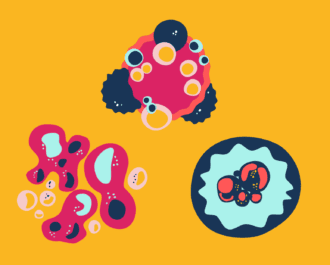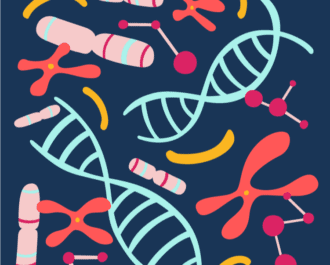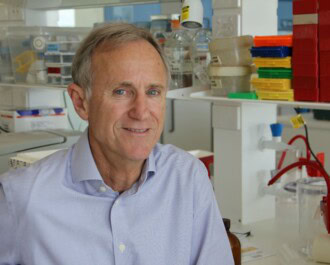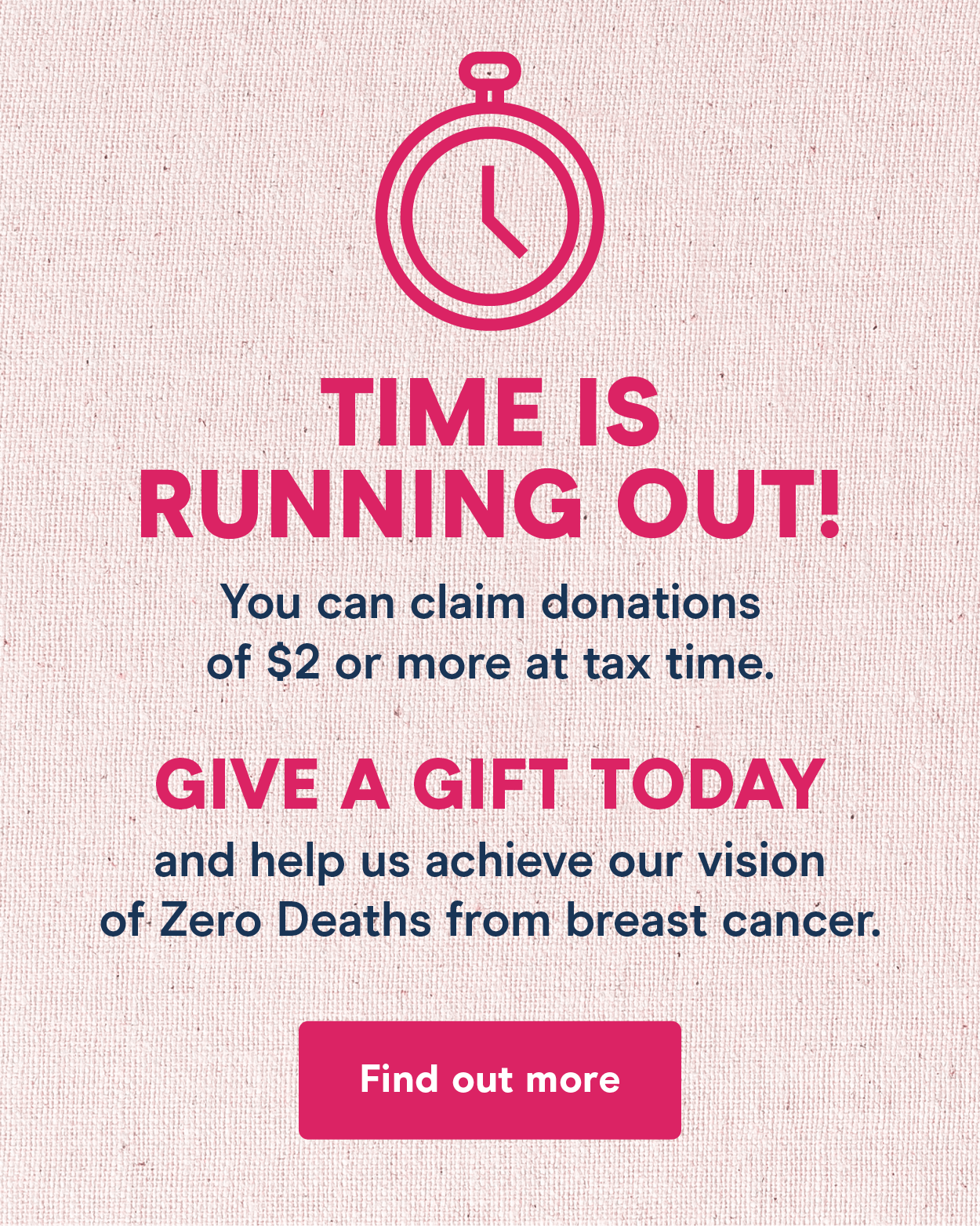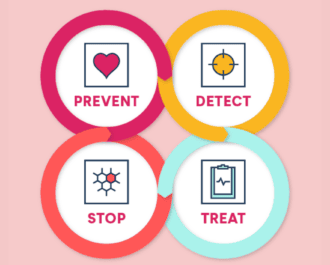
Mammography is the primary diagnostic tool for detecting breast cancer with 800,000 women X-rayed annually in Australia. However, it fails to detect 30% of breast cancers, with many missed lesions being visible on the image.
To address this issue, a new training program has been developed by NBCF-funded researcher, Professor Patrick Brennan. He, along with colleagues from the University of Sydney and the Cancer Institute NSW, is working on a number of ways to improve the detection of breast cancer using mammograms and other new technologies.
“Our research aims to improve the identification of cancers that are difficult to visualise, while also improving the ability to recognise normal images so that women are not recalled for another mammogram unnecessarily,” explained Professor Brennan. “Radiologists in Australia do an amazingly good job at finding disease within a very complex image background, however cancers are still missed and my main task is to establish procedural and technical solutions to this.”
To do this, he has developed along with Professor Warwick Lee and Director Kriscia Tapia a training program called the Breast Screen Reader Assessment Strategy (known as BREAST for short). The BREAST program is a web-based tool, which can be completed by radiologists and breast imaging specialists in any location. A recent study led by Dr. Phuong Trieu, published in the journal Academic Radiology, suggested that the program improves the ability of radiologists to detect breast cancer lesions on a mammogram, no matter their level of experience.
The study enrolled 50 radiologists (40 fellows, 10 registrars) who completed three BREAST test sets and 17 radiologists who completed four test sets. Each test set had 20 biopsy proven cancer and 40 normal cases. Immediate feedback was provided to clinicians after the completion of the test sets, which allowed the comparison of their selection with the truth. The results showed that the ability of clinicians to correctly detect areas of abnormal tissue (called lesion sensitivity) improved after completing the training program. 83% of radiologists (fellows) showed improvements in lesion sensitivity after their first set. Furthermore, 100% of registrars increased their scores in lesion sensitivity after the training program.
The BREAST training program is currently being used in Australia and New Zealand, and workshops have been provided in Asia, the Middle East and Europe. The approach used by BREAST can be delivered online and used anywhere around the world, including remote and rural locations, leading to improved care for millions of women.
Professor Brennan says the outcome of this study is testament to the hard work of his team, and the support of funding from the NBCF, the Cancer Institute NSW and the Department of Health.
“Research will make a real and quick difference,” he said. “Every day we are presenting new knowledge that will impact upon preventative and curative strategies for breast cancer.”
More News Articles
View all News

